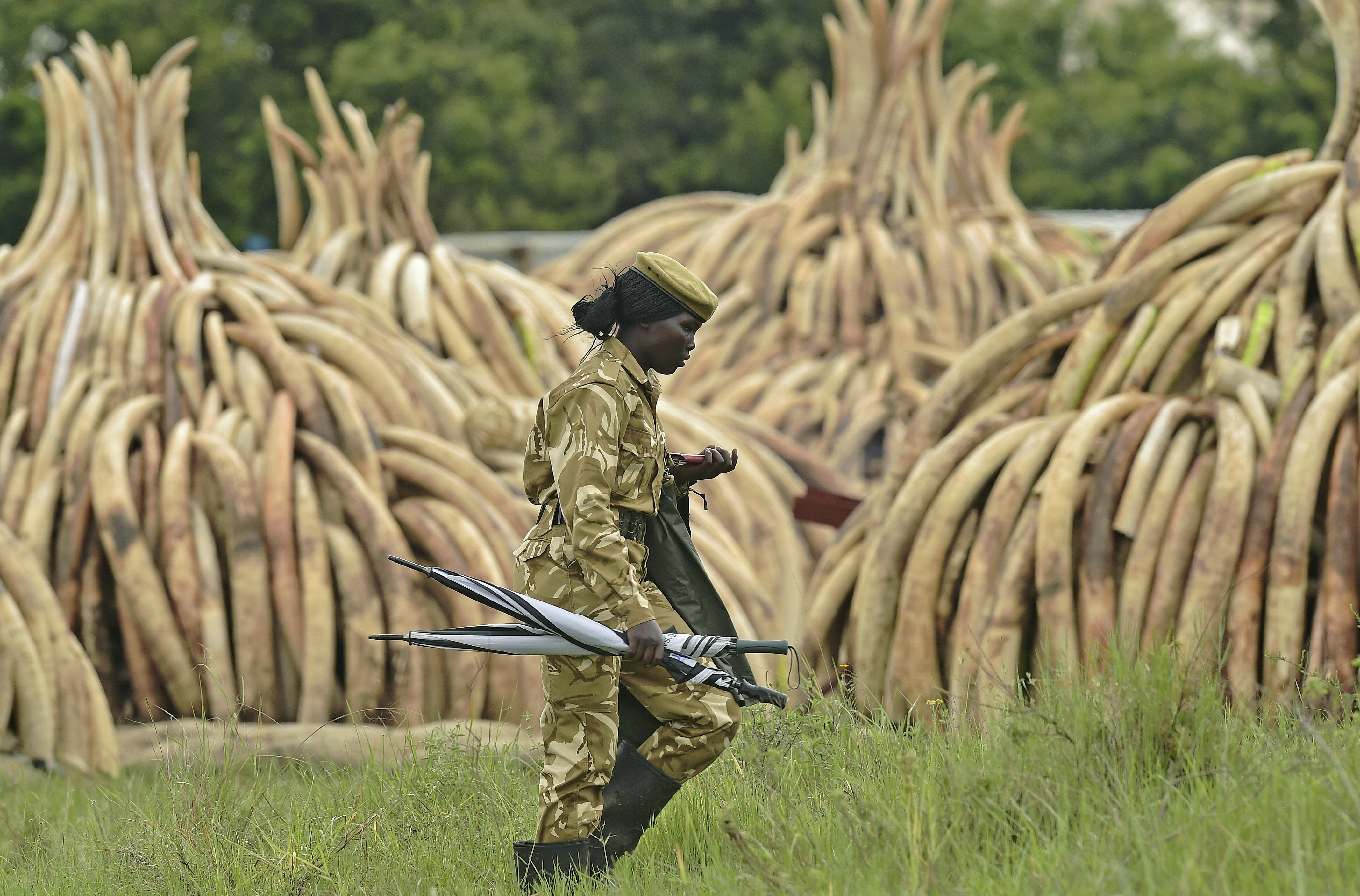


The best time to visit the Ivory Coast is winter, from December to February.

Here are the mean temperatures of the northern city of Korhogo. In late October and November, with the end of the rainy season, the temperatures begin to rise again in the center and north, while the rains continue to fall on the coast. The period from June to September is also the one with the lowest daytime temperatures, which drop to around 30 ☌ (86 ☏) in inland areas and to 28 ☌ (82 ☏) on the coast on the other hand, the humidity is high everywhere, bringing a sticky feeling to the air, although sea breezes give some relief along the coast. However, along the coast, the sky remains cloudy even in this period. After this period, from September to November, the rains resume without reaching again the peaks of May and June. While in the north the rains reach their peak between July and September, in the center-south and along the coast, there is a decrease in rainfall, especially in August in the central and eastern part of the coast. Cloudiness too, is more frequent and compact in the south and along the coast, while in the north, there can also be periods of good weather.

Between April and May, the rains begin across the country, but they become really heavy only along the coast, where more than 200 mm (8 in) fall per month in May and June, and even 400 mm (16 in) in some areas. In April, showers become more frequent along the coast, while in the north, it is still very hot. On the coast, the temperature is more stable, even though air humidity increases, making it feel more uncomfortable. At other times, it can get very hot during the day, with peaks around 38/40 ☌ (100/104 ☏), while on the coast the temperatures reach 34/35 ☌ (93/95 ☏), when the wind from the desert manages to arrive there.īy February, the temperature begins to rise in inland areas, and it can reach 40 ☌ (104 ☏). Sometimes, nights can be cool in the interior, where lows can drop to around 10 ☌ (50 ☏). In the interior, the humidity is low, since the prevailing wind, the Harmattan, blows from the desert, and it's able to raise dust, which can veil the sky and create a characteristic mist.Īlong the coast, the humidity is higher, and a few showers may still occur in winter, especially in the western part, and particularly in December, when the sea is a bit warmer and evaporation is higher. Rainfall is more abundant on the coast, where it's between 1,500 and 2,500 millimeters (60 and 100 inches) per year, while in inland areas, it's generally less intense and ranges from 1,200 to 1,500 mm (47 to 60 in) per year, even though it reaches 2,000 mm (80 in) in the small western mountainous area.ĭuring winter, the weather is good and the temperatures are high throughout the country, even in December and January, when the maximum temperatures are around 31/32 ☌ (88/90 ☏) on the coast, and 33/34 ☌ (91/93 ☏) in inland areas. Along the coast, the rains are significant also in March and November, and even in December on the westernmost part (see San Pédro, Tabou). In Ivory Coast, the climate is tropical, with a dry season from December to February and a rainy season from April to October due to the African monsoon. The center-north - Korhogo, Yamoussoukro.


 0 kommentar(er)
0 kommentar(er)
